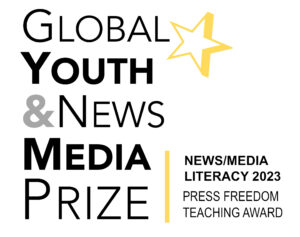The Ancient Egyptians probably used hair gel to style their hair, new research on mummies shows.
Scientists at the University of Manchester, UK published an article in the Journal of Archaeological Science that said, “…in cases where the (mummies’) hair was styled, the embalming process was adapted to preserve the hairstyle.”
In other words, when the bodies were turned into mummies, the embalmers made sure their hair didn’t get mussed.
The researchers studied hair from 18 mummies who lived around 300 B.C. in Egypt.
Under a microscope, the scientists noticed that the hair on nine of the mummies had a coating on it. When they analysed it, it turned out to be made of plant and animal fats.








